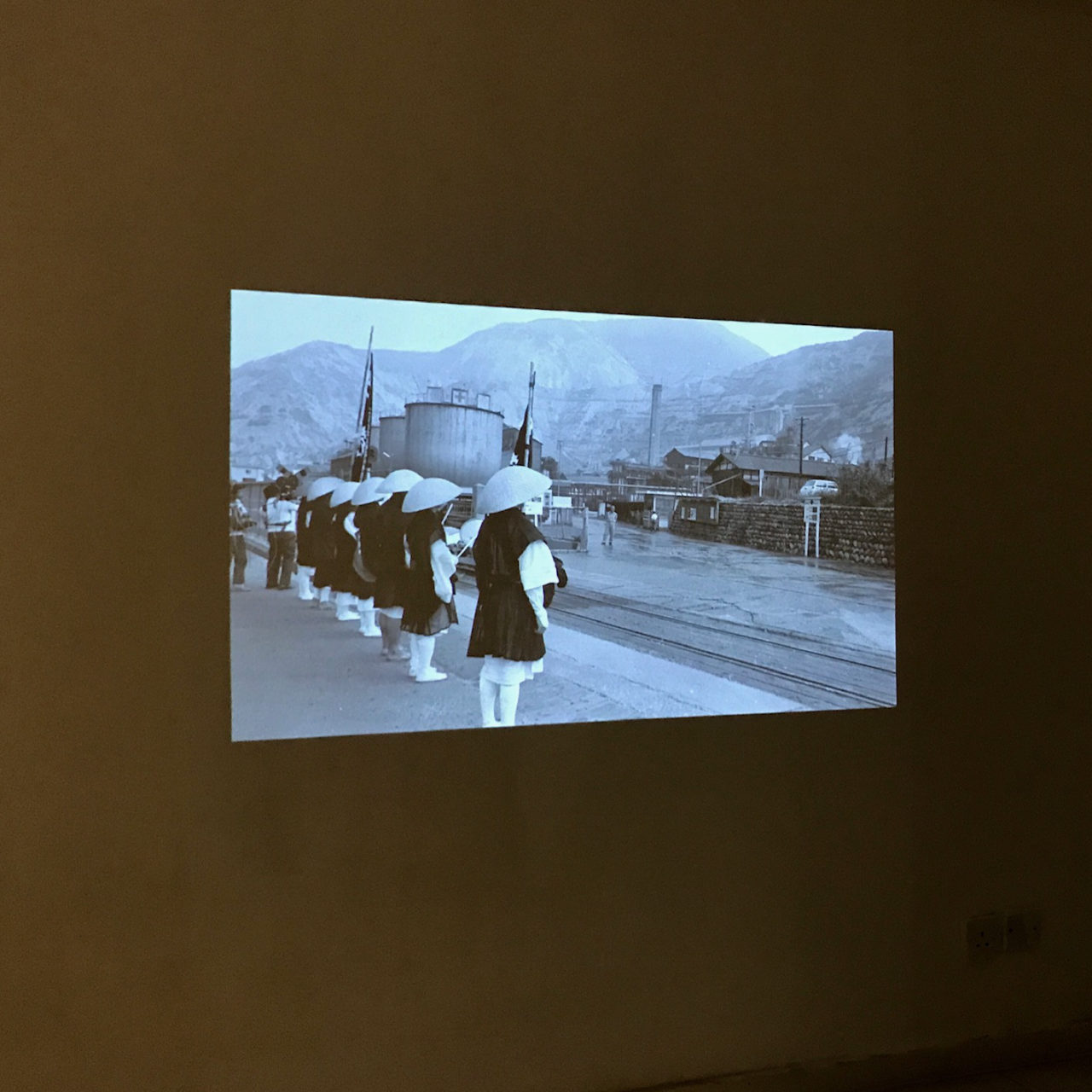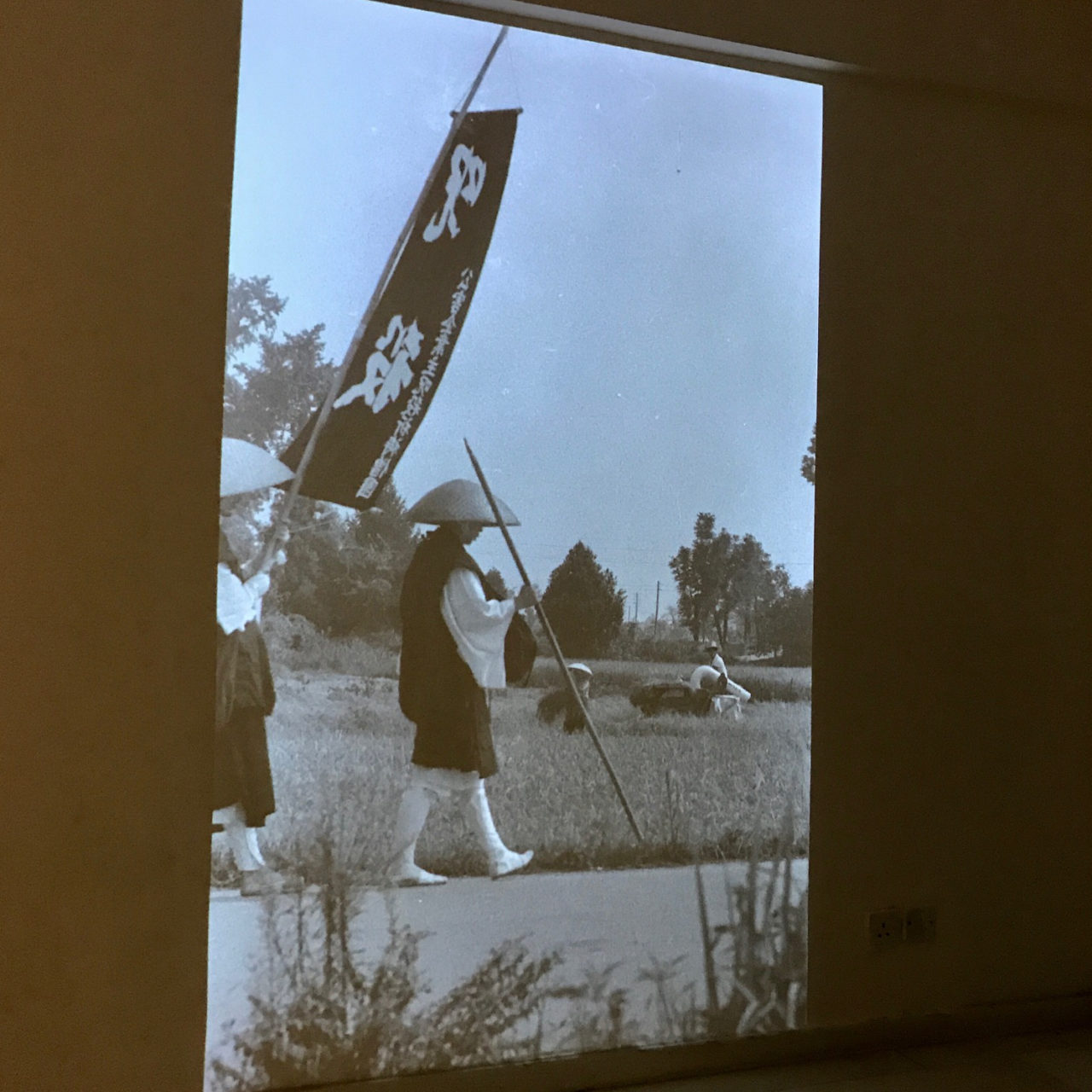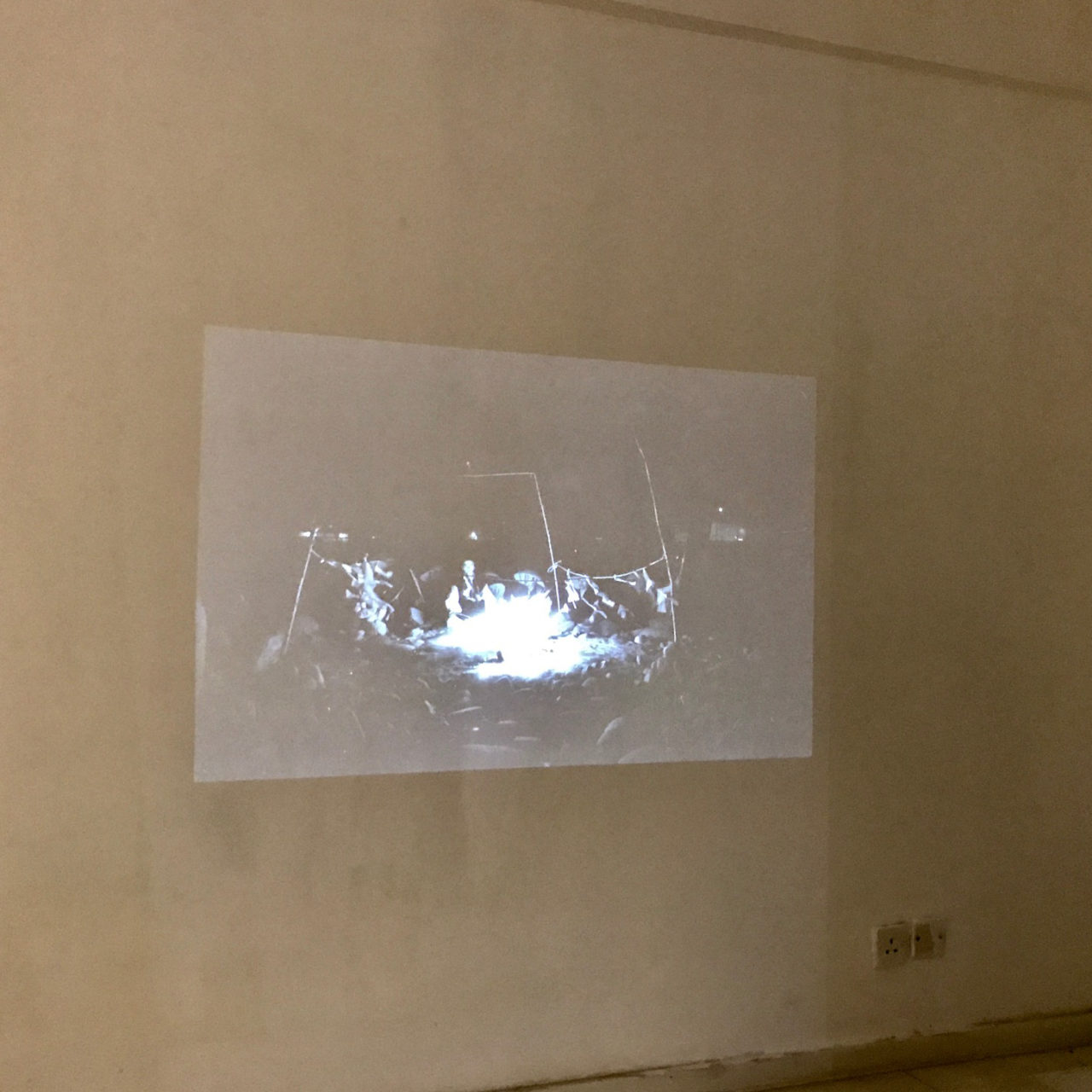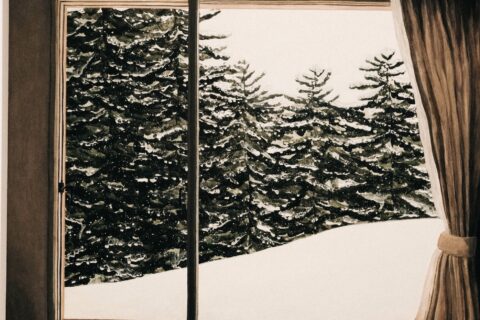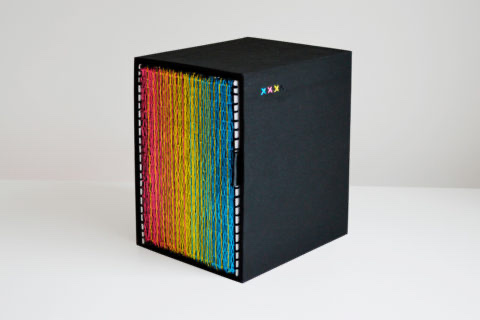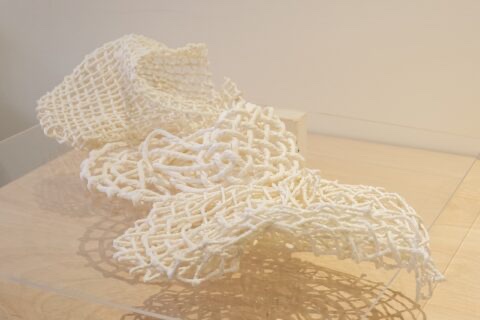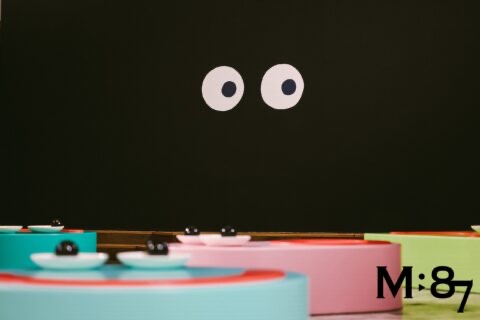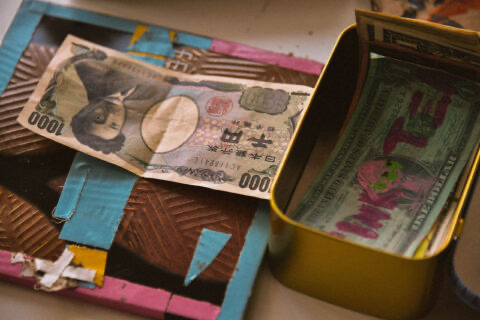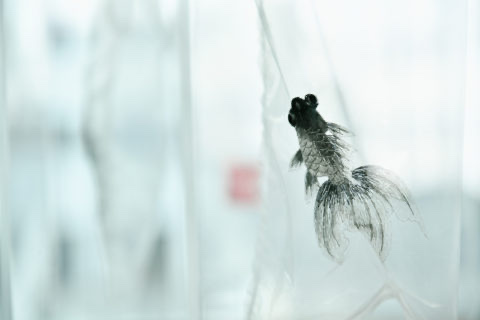
上環這區沉澱着歷史,它們像幽靈纏繞。任由時間流逝,那裏仍隱隱嗅到舊日的氣息。太平山街、荷里活道、海味街⋯⋯
展覽位於上環一座舊式沒電梯的洋樓,細小空間內充滿無聲的詛咒,氣氛侷促似在訴說反思歷史的迫必性。那詛咒針對擁有主宰生死的特權、卻為了私利無視他人的生命的當權者。 展覽「詛咒真言:如何殺死企業主」收集了活躍於七十年代日本的「咒殺祈禱僧團」成員的罕有文獻資料,跟隨團攝影記者羽永光利的作品一併展出。六十年代,日本鄉村社群被「痛痛病」及「四日市哮喘」肆虐,經調查發現是工廠隨意排放污染物,但政客及企業巨頭為了自己的利益而掩蓋真相。一個佛教僧團及它的追隨者成立了名為「咒殺祈禱僧團」的示威隊伍,走遍全國備受爭議企業的工廠及地盤,以遊行、敲鑼打鼓、朗誦箴言等方式,為求將企業主腦詛咒致死。
Sheung Wan is a neighborhood where deep-rooted history lingers in almost every street corner like a ghost. Immersed in the flow of time, this district still quietly exudes a nostalgic charm. One can easily feel it when walking on streets like Tai Ping Shan Street, Hollywood Road, or the Dried Seafood Street (Wing Lok Street).
This exhibition is located in an old, elevator-less tenement building in Sheung Wan. The tiny space is filled with silent curses, creating an unsettling atmosphere that seems to be urging for an immediate reflection of history. The curse was cast upon the authority in power which was ready to sacrifice other people’s lives only for the sake of its very own interests. The exhibition The genuine curse: How to kill an enterprise owner collects rare documentation of members from the legendary protest monks group JKS47, or Jusatsu Kitōkai Sōdan 47, which literally means Curse Death Prayer Meeting Monk Order 47. Accompanied by photo works made by photographer Mitsutoshi Hanaga, one can take a glimpse of the background of this anti-establishment monk group that was most active in Japan in the 70s.
In the 60s, numerous village communities were adversely affected by Itai-itai disease (bones and kidney failure caused by cadmium poisoning) and Yokkaichi asthma. Upon investigation, the widespread diseases were attributed to pollutants arbitrarily discharged by factories. However, politicians and corporate leaders had been covering it up to serve their own interests. That was the background of how the Buddhist monk group and its followers came together and founded JKS47. They gathered at factories and construction sites operated by the controversial corporates all over the country, using of rallies, percussions, reading of Buddhist sutras and prayers to protest to these corporate leaders, like casting a spell.
